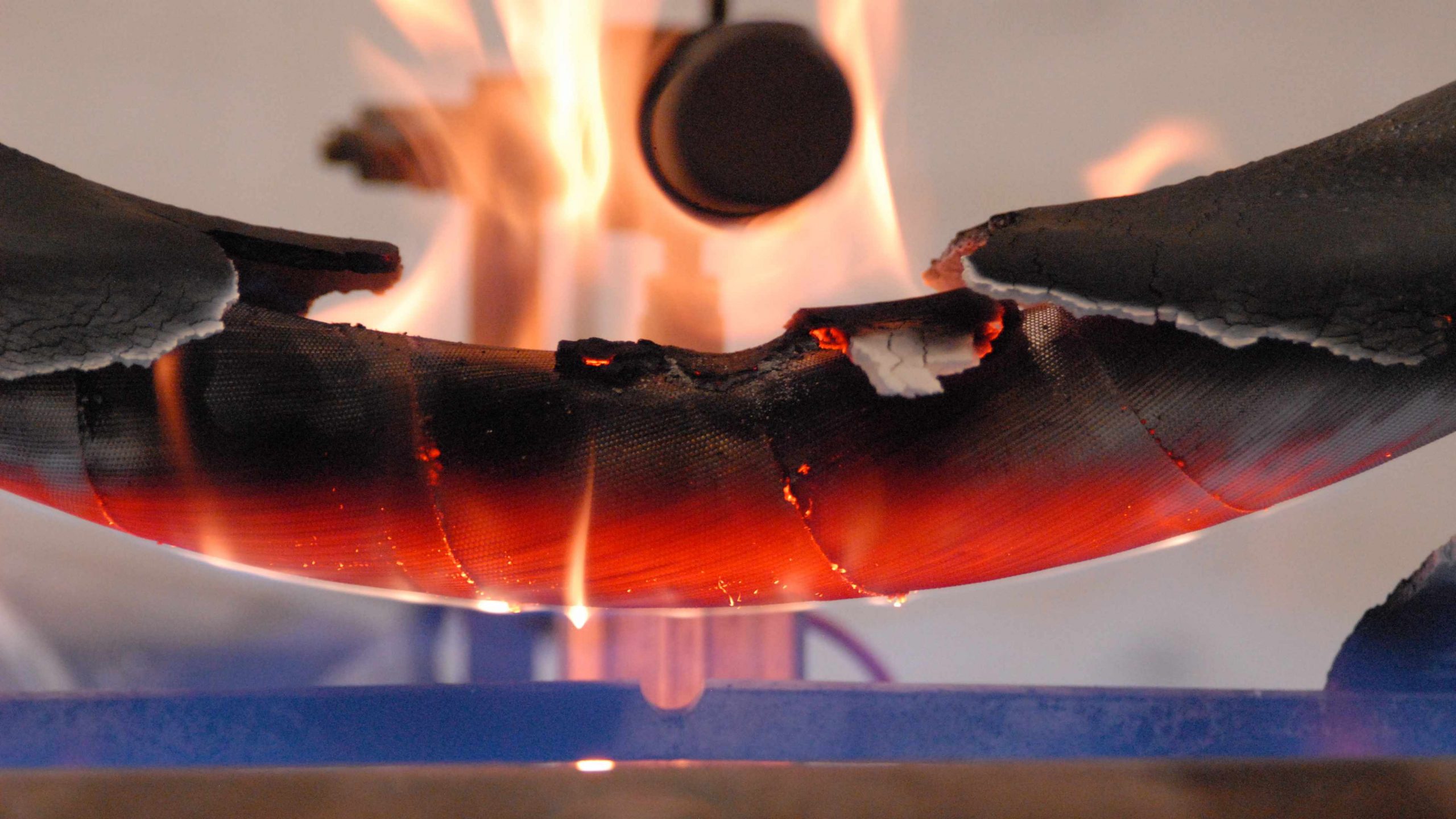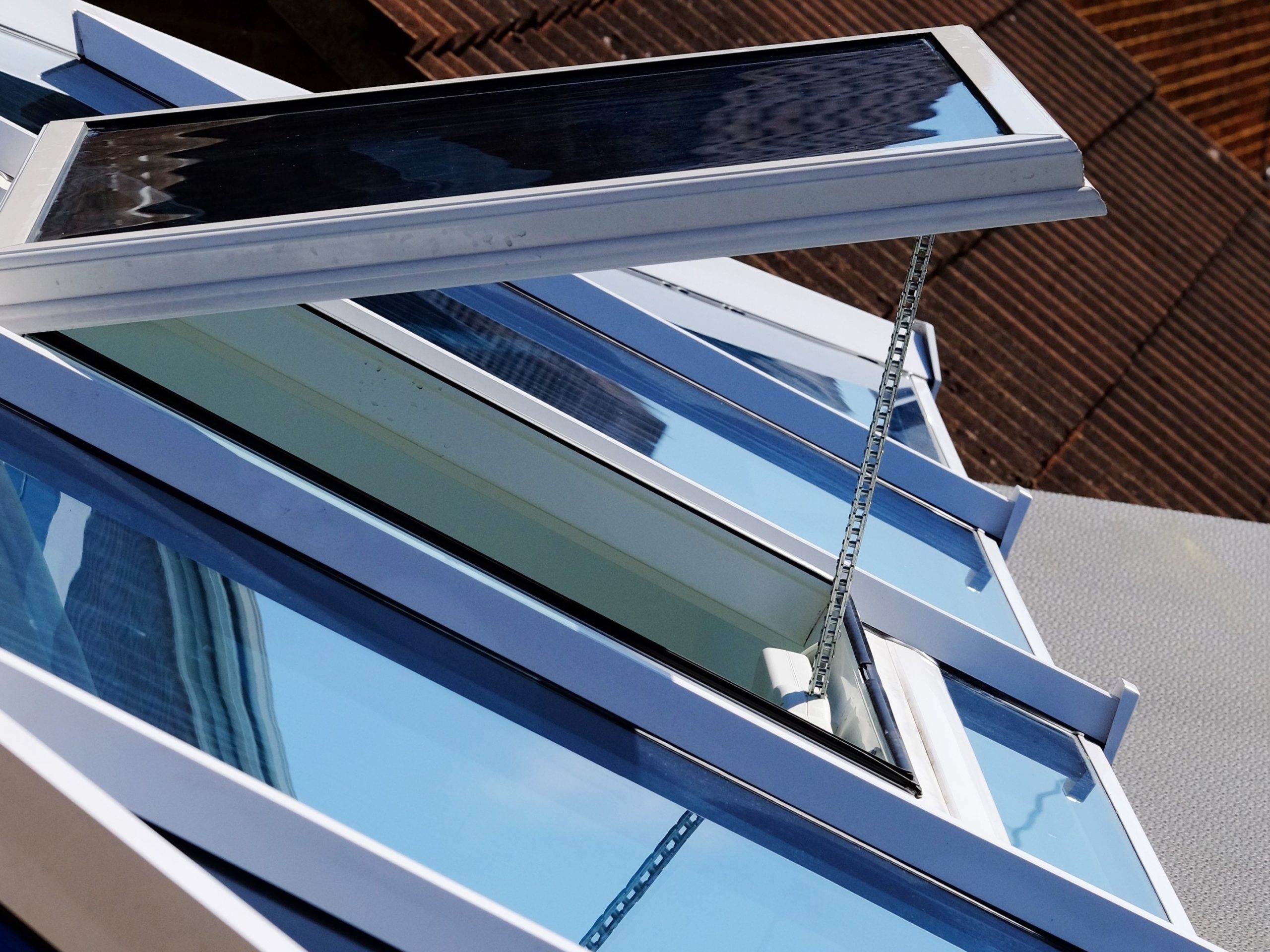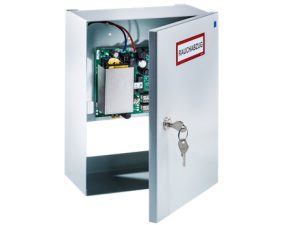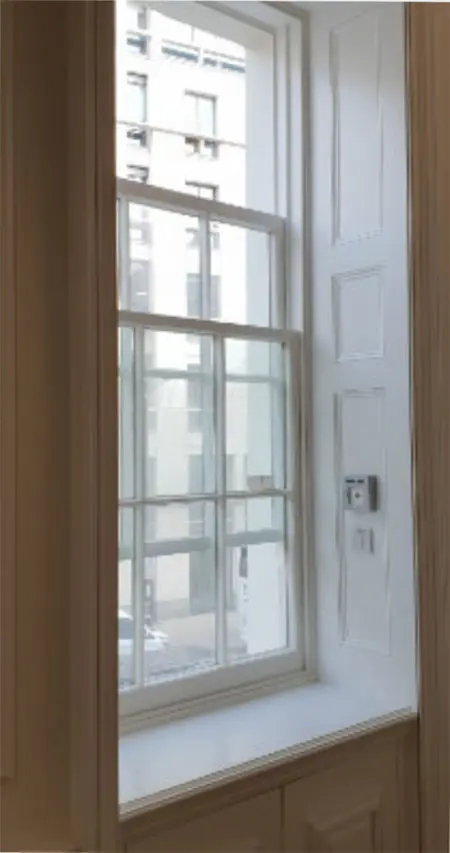About British Standards
The BSI Group is incorporated under a royal charter to develop and set up standards to identify quality goods, services, and fabrication. These publications are referenced as guidance in the UK government official Building Regulations such as Approved Document B.
BS8519:2020 is titled “Selection and installation of fire-resistant power and control cable systems for life safety, firefighting and other critical applications. Code of Practice“. It is targeted at designers, fire engineers, and authorities such as HSE and building control.
Overall, the aim of the standard is to help systems maintain their circuit integrity for life safety purposes. Allowing fire fighting systems to continue operating at a suitable level of performance.
What are the key changes since BS 8519:2010?
In 2020, the standard was revised and now recognises additional systems, beyond life safety or fire-fighting applications. Further recommendations around the design and selection of cable enclosures have also been made.

How does it apply to smoke ventilation systems?
As the title suggests BS 8519 is a code of practice for fire-resistant power and control cable systems in regard to life safety, firefighting, and other critical applications. It provides recommendations on field-wiring fire resistance levels based on categories of smoke ventilation systems, as well as backup power supplies.
For smoke ventilation systems, their scope can vary widely from building to building. Many smoke ventilation systems are simply used to aid means of escape only. Larger buildings, likely incorporate mechanical extract fans, pressurization systems, and smoke shafts which may actively be used by the fire brigade as a fire-fighting resource.
These varying systems and their cable requirements are assigned to categories. There are many different life safety systems referenced in the standard, but below are some examples of systems that fall in each category and the fire survival time required from the field wiring.
Category 1 – 30-minute fire survival time
EN 12101-2 certified AOVs (Automatic Opening Vents) & their controls used for means of escape only.
E.g. Casement ventilators, glazed louvre ventilators, flat roof hatches, pitched rooflights that open automatically on detection of smoke, in small buildings where the fire brigade will not require use of the vents after the initial activation.
Category 2 – 60-minute fire survival time
EN 12101-2 certified OVs (Opening Vents) and their controls used for means of escape only.
E.g. Casement ventilators, glazed louvre ventilators, flat roof hatches, pitched rooflights that are only activated manually via the fire brigade on entry, in small buildings where the fire brigade will not require use of the vents after the initial activation.
Note: BS 8519:2020 recommends minimum Category 2 cabling is used for EN 12101-8 certified smoke control dampers and their controls, even if they are automatically opened via smoke detection for means of escape systems.
Category 3 – 120-minute fire survival time
EN 12101-2 certified OVs, AOVs, and their controls when used as a firefighting resource during a fire event.
E.g. Casement ventilators, glazed louvre ventilators, flat roof hatches, pitched rooflights, smoke control dampers that are going to be actively used by the fire brigade to combat the fire, as well as aid means of escape in the early stages.
What are the challenges with compliance of BS 8519:2020?
The requirement for 60 or 120 minute fire survival time on cabling to EN 12101-2 certified ventilators and their controls sometimes causes confusion. The vast majority of NSHEVs are not fire rated to that extent when certified to EN 12101-2.
The actuators on the vents do not come with fly leads enhanced to that level, typically only having a rated survival time of 30minutes. Additionally in some cases, the actuators themselves are not intended to be opened to change fly leads on site.
Another potential issue arises from how the actuators often have to pivot and move freely as part of their operation. The enhanced, armoured cabling is not as flexible and can inhibit this freedom of movement.
We believe that this issue hasn’t been addressed in the standard clearly. And recommend discussing it with your fire authorities and building control officer. Especially in cases that require the use of NSHEVs for firefighting.
What are The Recommendations for Motor Control Panels?
BS 8519 calls for motor control panels for life safety systems to achieve a minimum IP54 classification where wet services are present, (e.g. If the panel is positioned near to drainage pipes, or sprinkler systems in a services riser etc).
Many smoke vent control panels with a plastic housing do not meet this requirement. So it’s always best to check the specification before finalizing product choice.
A large part of the standard refers to secondary/backup power supplies for life safety systems. Examples of backup supplies can be automatically started standby generators, universal power supplies and batteries. All quality EN 12101-10 certified smoke vent control panels should have the option for battery backup, as this is a cheap and effective method of providing backup in case of mains failure.
Want to know more?
If you want help choosing the right product or solution, our technical sales staff are here to help.
Why not call us today on 01702 826 267 or click below to submit an enquiry.
Related Posts
- Why Choose Sliding Sash Windows for Better Ventilation
Sliding sash windows are a timeless window style that continues to suit both period and contemporary buildings.
 Electric Actuators vs Manual Openers: Which Is Right for Your Ventilation Needs?
Electric Actuators vs Manual Openers: Which Is Right for Your Ventilation Needs?Ventilation plays a critical role in maintaining indoor air quality, temperature control, and energy efficiency.
 How to Use Electric Window Actuators in a Greenhouse
How to Use Electric Window Actuators in a GreenhouseMaintaining the right environment in your greenhouse is essential for healthy plant growth. One of the most effective ways to regulate temperature and humidity is through a reliable ventilation system. That’s where electric window actuators come in.


